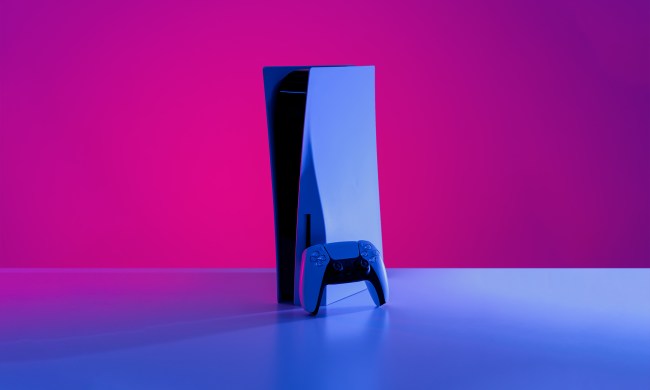
Nintendo took the wraps off its latest and greatest handheld gaming platform, the Nintendo DSi, back in October of 2008, but it wasn’t until April 5th that the system officially went on sale in North America (following launches in Japan and Europe). And while the DS platform’s main competition has long been viewed as the Sony PSP, some industry watchers are saying that Nintendo has moved on beyond the PSP…and now has its eyes on Apple’s iPod touch.
The Nintendo DSi matches the same basic form factor as previous DS systems: a flip-open design with two internal 3.25-inch 256 by 192-pixel screens and a stylus. The DSi sports two cameras—one 3 megapixel camera on the outside of the body and the other VGA-resolution camera facing the user when the unit is flipped open. The external camera is aimed at letting users take snapshots and sharing them via the Internet; the inside camera is expected to enable a new generation of interactive games and communications tools. The Nintendo DSi also sports an integrated voice recorder and music player and an SD card slot, along with the single touchscreen and integrated Wi-FI wireless networking from previous models.
Nintendo is also rolling out the Nintendo DSi Shop, a way for customers to download both free and paid-for applications for the DSi: DSi buyers who access the shop by October 5, 2009, will get 1,000 Nintendo DSi Points credited to their account. Applications available via the store aren’t expected to be limited to games: a version of the Opera Web browser should be on the way, along with music and photo management tools.
The Nintendo DSi is available from retailers now in blue or black for about $170; the company is likely to roll out other colors in the future.
Nintendo has had tremendous success with the Nintendo DS, having sold more than 100 million units worldwide since the original DS handheld hit the market in 2004. With the DSi, Nintendo is introducing an iPhone-like ecosystem with an online store and expanded media and productivity features. What remains to be seen is how third party developers will embrace the DSi: after all, the most successful game developer for the Nintendo DS platform has always been Nintendo; that doesn’t mean third parties can’t succeed, but it does mean they have to be careful.


